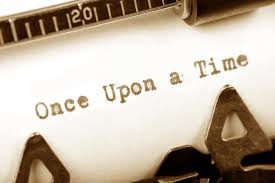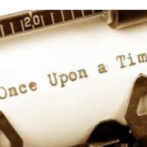Life After Marriage: Wedding Wars and Money
Sometimes money isn’t the problem even though money seems like the problem. Sometimes we just can’t seem to figure out what the root of a problem in our marriage is so we bring up another, different and just-as-irritating issue. Money gets a bad rap in a relationship. Money is blamed for problems that come up that have nothing to do with money. Money isn’t always the root of our relationship evils even though we try to blame it. Matt and Sarah will provide us with a real life example of how money-talk isn’t always what needs to be talked about. Matt goes out with his two buddies once a month to play music. His wife is happy to see him go because she knows how much he loves music and his buddies. However, she does not condone Matt’s drinking and driving. Regardless of how much he reassures her that he hasn’t had too much to drink, she grows more and more irritated that he goes out each month. She finally says, “I wish you wouldn’t spend so much money on beer!” Matt responds, “What? I hardly spend anything on beer! What about those new shoes you just bought? They we’re like $200!” Freeze! What’s going on here? Can you see the deception? Can you see how things aren’t as they seem? Matt and Sarah are fighting about money when the underlying fears they have are about other things. Matt is afraid of losing his friends and freedom and Sarah fears for her husband’s life. Both are valid fears. Neither of them are addressing their fears directly. Instead they have brought an unnecessary third party – money, into their conflict. The problem is, their frustrations don’t have anything to do with money. Until Matt and Sarah make their true reasons for being irritated known, they will continue to bang their heads against the “money-problem,” and wasting time trying to come up with “solutions” that don’t address the real issue. Money becomes a convenient excuse, a kind of cork-board on which we pin all of our relational fears. This happens when we don’t address our spouse’s irritating behaviors head on. Matt may admit, “Yes. I spend too much money on beer.” That admission doesn’t mean Matt’s going to stop drinking and driving. He doesn’t think there’s a problem and Sarah hasn’t directly told him that she is afraid. Conversely, Sarah might acknowledge that she has bought several pairs of expensive shoes. Admitting this won’t address Matt’s fear that she doesn’t like his bro-time. Both Matt and Sarah are using money to manipulate one another and it won’t work because the root issue is not about finances. Without realizing it, couples frequently miss talking about the...
Read More





Recent Comments